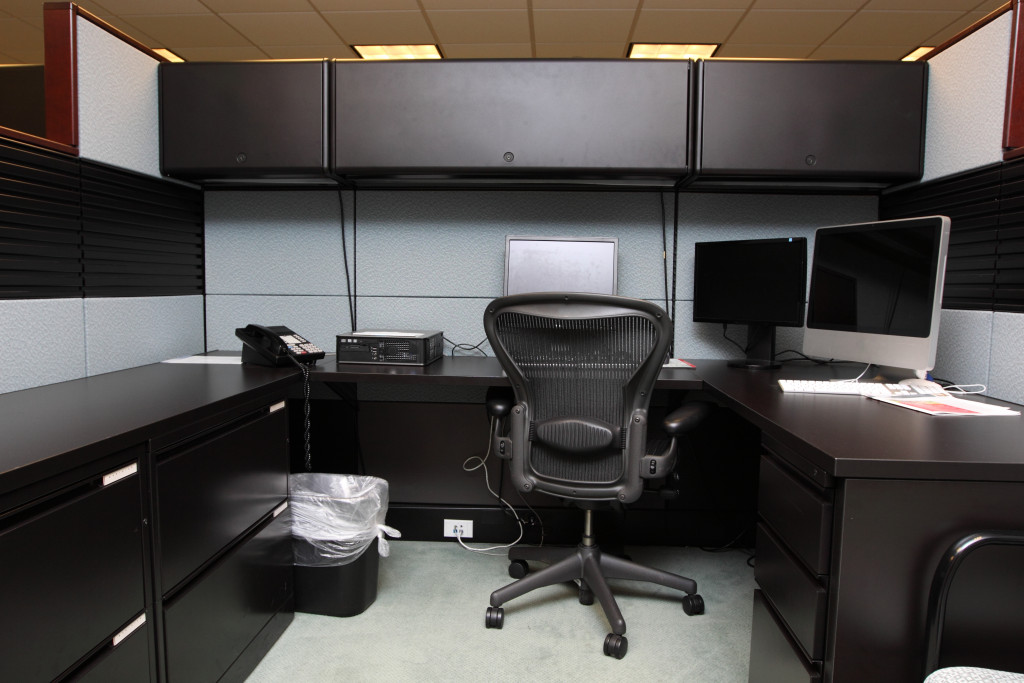Many employers fail to see the importance of prioritizing health in the workplace. According to a 2020 IBM study, only 46% of workers said their company supports their physical and emotional well-being. Most employers see it as an added expense with no real return on investment. However, this couldn’t be further from the truth.
Prioritizing health and wellness in the workplace has numerous benefits in terms of workforce productivity, engagement, and retention. Investing in health also reduces healthcare costs and absenteeism. There are several ways employers can promote health and wellness in the workplace. Some common initiatives include:
Health insurance benefits
Medical costs have been rising in recent years, with a 9.7% increase to $4.1 trillion in the US alone by 2020. One of the most effective ways to offset these costs is through employer-sponsored health insurance. Employers can attract and retain top talent and improve workplace productivity by offering comprehensive health coverage.
Today, many companies offer group employee benefits, which cover a percentage of medical costs for employees and their families. The insurance policy can include doctor visits, hospital stays, prescription drugs, and preventive care. Some policies also cover dental and vision care. This benefit allows employees to take a proactive approach to their health rather than wait until they get sick to see a doctor.
When a company offers health insurance, it sends a message to everyone that their well-being is a priority. This strategy can lead to increased satisfaction and loyalty. As a result, employees are more likely to stay with the company for the long haul.
Physical activity programs
Regular physical activity helps to improve mental health, energy levels, and overall well-being. It can also reduce the risk of developing chronic diseases like heart disease, stroke, and diabetes.
Employers can promote physical activity in the workplace by providing on-site gyms or fitness classes. They can also offer incentives for those participating in physical activity, such as gift cards or free gym memberships.
Another way to encourage physical activity is to provide breaks during the workday for employees to take a walk or stretch. Some companies have even implemented standing desks to help employees stay active throughout the day. This way, everyone can get the exercise they need without leaving the office.
Healthy eating initiatives
What you eat has a direct impact on your health. Maintaining a healthy diet can help to improve energy levels, mental health, and overall well-being. It can also reduce the risk of developing chronic diseases like heart disease, stroke, and diabetes.
You can implement healthy eating in the workplace by providing healthy food options in the office or cafeteria. Another way to encourage healthy eating is to provide educational materials on the benefits of a healthy diet. It can include articles, books, or even cooking classes.
By educating everyone on the importance of healthy eating, you can help them make better food choices both at work and at home. As a result, they’ll be more likely to stick to their healthy eating habits long-term.

Decluttering and organizing the workspace
Wellness does not only apply to physical health but also mental health. A cluttered and disorganized workspace can lead to increased stress levels and decreased productivity.
To declutter and organize the workplace, start by setting some ground rules. For example, you can designate specific areas for storing different materials. You can also limit the amount of clutter in each room.
It’s also essential to provide adequate storage space for everyone. This way, employees won’t have to worry about where to put their belongings. Lastly, label everything so it’s easy to find what you’re looking for.
Implementing these guidelines can help to create a more efficient and stress-free workplace. In doing so, employees will be able to focus more on their work and less on the surrounding clutter.
Providing ergonomic furniture and equipment
Ergonomic furniture and equipment are well-designed to reduce strain on the body. These can help improve posture, prevent injuries, and minimize muscle tension.
When setting up the office, be sure to consider ergonomics. For example, adjustable chairs and desks can allow your staff to find the perfect fit for their body type. You can also provide wrist rests, footrests, and back supports to help employees maintain good posture.
In addition to furniture, you can also provide ergonomic office supplies, such as keyboards, mice, and pens. These can help employees avoid discomfort and pain while they work.
Whatever you choose, test it out first to see if it’s comfortable and easy to use. Doing so can help employees work more efficiently and avoid strain on their bodies.
Employers have several options when it comes to promoting health and wellness in the workplace. The above are just a few ideas to get you started. No matter what you choose, the important thing is to ensure it’s something that employees will use. After all, the goal is to improve their health and well-being. So, consult your staff to see what would work best for them. You can create a healthier and happier workplace for everyone with a little effort.






